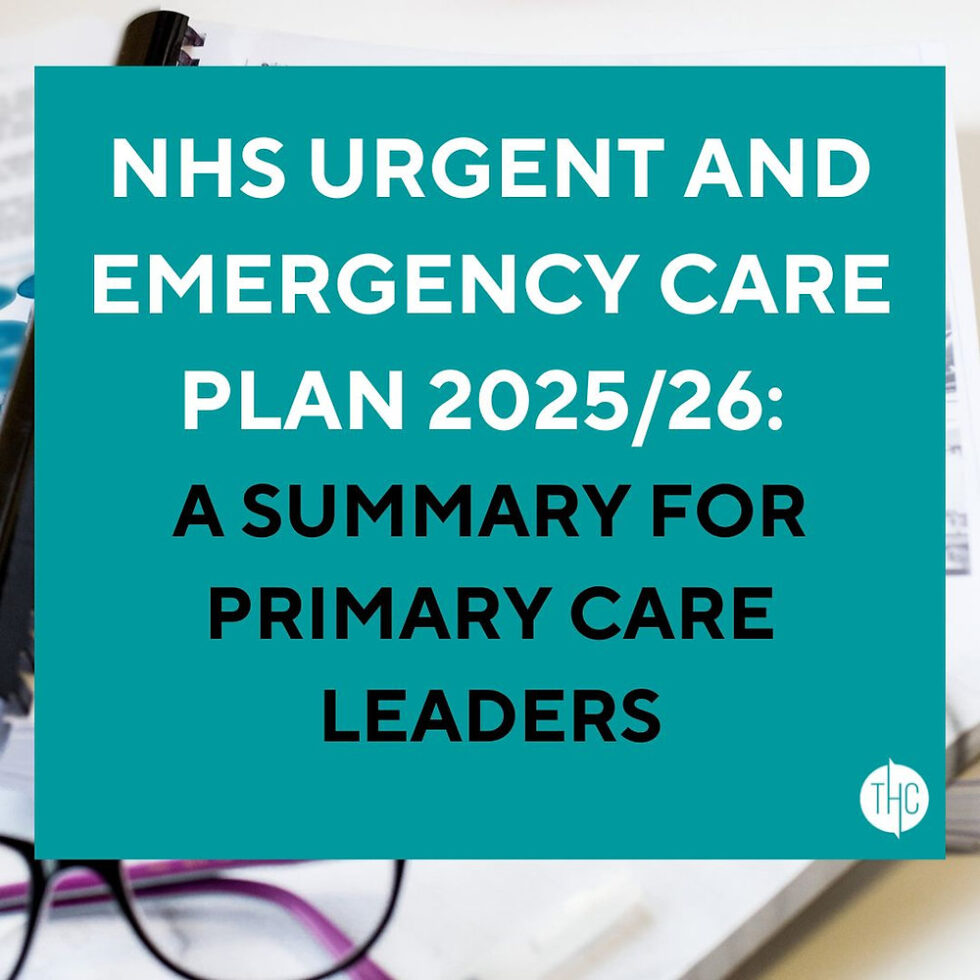
General description
The urgent and emergency care plan of NHS 2025/26 describes the approach to transform urgent and emergency care services for next winter. The 22 -page document describes how NHS will improve performance in the urgent attention, from prevention to discharge.
Let’s jump for more details.
The vision of URGENT AND EMERGENCY PLAN OF NHS 2025/26
The plan establishes three central objectives:
-
Move the attention of hospitals to communities
-
Focus on treatment prevention
-
Transform the patient’s experience this winter
Seven key priorities
The document identifies seven priorities for winter 2025/26:
-
Ambulance response: Reduce the response times of category 2 of 35 to 30 minutes (14%improvement)
-
Delivery times: Achieve a maximum ambulance delivery of 45 minutes, releasing 550,000 more ambulances
-
A&E performance: See 78% of patients within 4 hours (compared to 75%), helping 800,000 people more annually
-
Long waiting: Reduce more than 12 hours waiting for less than 10%
-
Mental health: Reduce the emergency department over 24 hours awaits mental health admissions
-
Download delays: Drain patients who wait more than 21 days after the date ready for the discharge, saving 500,000 days of bed
-
Child care: Increase the number of children seen in 4 hours
Primary Care in the Document
Primary care appears in several sections of the plan:
Direct requirements
-
Increase vaccination rates working with public health directors
-
Objective clinical risk groups for vaccines
-
Work with hospitals to identify vulnerable patients for proactive care
-
Collaborate with ICB to improve access and avoid avoidable admissions
-
Support for improved reference processes 111 to primary care
System context
Within the broader transformation of the system, primary care is identified as a key partner in:
-
Prevention of hospital income avoidable through early intervention
-
Support to the timely discharge for the patient’s discharge to community environments
-
Coordinate proactive care for vulnerable and high -risk patients
Key system changes
The plan includes several main developments of the system:
Infrastructure investment (£ 370 million in total)
-
£ 250 million for 40 new emergency care centers and urgent treatment centers
-
£ 26 million for mental health evaluation centers
-
£ 75 million for a capacity of hospitalized additional mental health patients
-
£ 20 million for the expansion of connected attention records
Service innovations
-
Call before transmitting: Paramedics Consulting with doctors before hospital transportation
-
Connected care records: Allow all suppliers to access patient information
-
Improved Service 111: Improved triage and reference routes
-
Expanded community services: Including urgent community response and virtual rooms
System component actions
The document assigns specific responsibilities to different parts of the system:
Acute trust
-
Implementation to 15 -minute delivery improvement trajectory
-
Achieve the launch to rescue the standard
-
Establish road discharge objectives
-
Expand access to emergency care the same day
Ambulance services
-
Implement the call before transmitting
-
Expand the rates of seeing and treating
-
Increase clinical triage or 999 calls
-
Provide urgent care options during the night
ICBS
-
Develop system winter plans for summer 2025
-
Create better attention background plans
-
Develop plans to improve children’s vaccination
-
Commission of Local Advice and Orientation Tools
Mental health trusts
-
Reduce locations outside the area
-
Decrease readmissions for high intensity users
-
Minimize waiting for more than 24 hours
-
Implement fast download processes
Timeline
-
Final June 2025 (Q1): ICBS to develop child vaccination plans
-
Summer 2025: The winter system plans to sign
-
October 2025: launch or “flu cable search engine”
-
Winter 2025/26: Complete implementation
Digital data and developments
The digital transformation plan emphasizes:
-
The deployment of the federal NHS data platform at 85% or acute trusts for March 2026
-
Attention records connected for all ambulance trusts for the end of 2025/26
-
Real -time data tools for demand management
-
Improved prognosis capabilities
Implications for primary care networks
While primary care is not the central focus of the document, PCN leaders must know:
-
The transformation of the entire system that will affect patient flows
-
New services that can provide reference alternatives
-
Digital developments that will improve information exchange
-
Local interpretation of national priorities
Summary
The urgent and emergency care plan of NHS 2025/26 focuses mainly on hospital, ambulance and system level transformations. Primary care is positioned as an important partner in the system, with specific but limited direct requirements.
The success of the plan is based on the work of the entire system, with a significant investment in infrastructure and digital abilities to support the best flow and the results of the patients.
Welcome to the Primary Care Member Club
Would you like to receive?
-
Exclusive practical resources twice a month?
-
Step by step guide?
-
Support to help you calculate Your PCN salaries?
-
Access to master classes and question and answers sessions?
-
1-2-1 Coaching with Tara Humphrey: The creator of the member club?
If so, we are delighted to share our members of the 12 -month Primary Care Network with you, to which you can access the three additional members of your PCN team.





